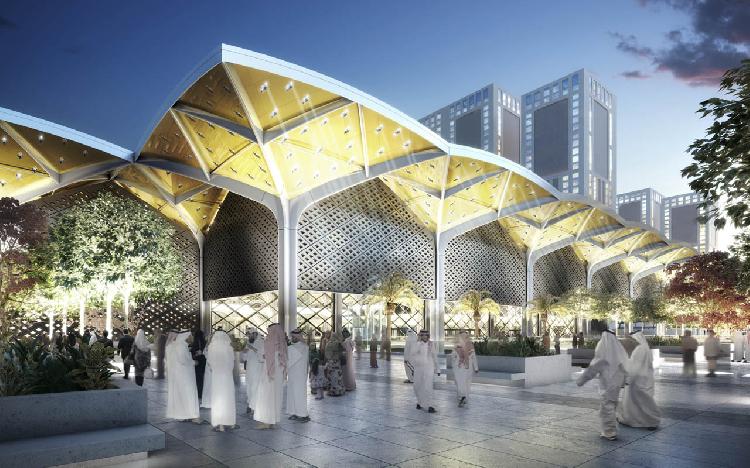
Haramain trains to transport 20,000 people every hour
The Haramain train, linking the holy cities of Makkah and Madinah as well as the business city of Jeddah, will transport more than three million passengers a year with the figure expected to increase with the rise of Haj and Umrah pilgrims, an official statement said.
“Pilgrims are the main beneficiaries of this state-of-the-art facility,” said the statement, adding that it would facilitate transport between the three major cities and reduce environment pollution. “It will bring about a dramatic improvement in the Kingdom’s transport system.”
The railway’s experimental operation last month was a big success. “It will be launched next year,” the statement said without giving a specific date for the inauguration. “Trains will transport 20,000 passengers every hour and will achieve 90 percent of its revenue in 12 years.”
The project is estimated to cost SR63 billion, including SR9 billion for building railway stations. The largest station in Rusaifa, Makkah was established at a cost of SR3.2 billion. The Sulaimaniya station in Jeddah is being built at a cost of SR2.9 billion while the Rabigh station was constructed at a cost of SR1.75 billion and Madinah station SR1.545 billion.
“The railway will definitely reduce road accidents involving pilgrims,” the statement pointed out.
The 480-km railway has five stations located in Jeddah, King Abdulaziz Interntaional Airport and King Abdullah Economic City in Rabigh in addition to Makkah and Madinah. It will operate seven trains per hour to and from Jeddah, two trains between Makkah and Madinah and four between Makkah and Rabigh. Trains have been manufactured by Talgo Spanish company.
“There will be a two-line railway between Jeddah and Makkah with a length of 78-km, reducing the distance between the two cities to less than half an hour,” the statement said.
The Jeddah-Madinah railway will have a length of 410-km and will reduce the distance between the two cities to two and half hours. Every train will have 13 carriages. The railway will have 35 engines powered by electricity to run at a speed of 300 km per hour.
The project involves construction of 140 bridges and 860 rainwater drainage systems. Every station has separate arrival and departure lounges, a mosque, a helipad, a civil defense center, a lounge for VIP passengers, shops and restaurants. The railway is expected to create a large number of job opportunities for young Saudi men and women in operation and maintenance sectors. The project was instrumental in boosting national industries as many local products were used to implement the railway.



























